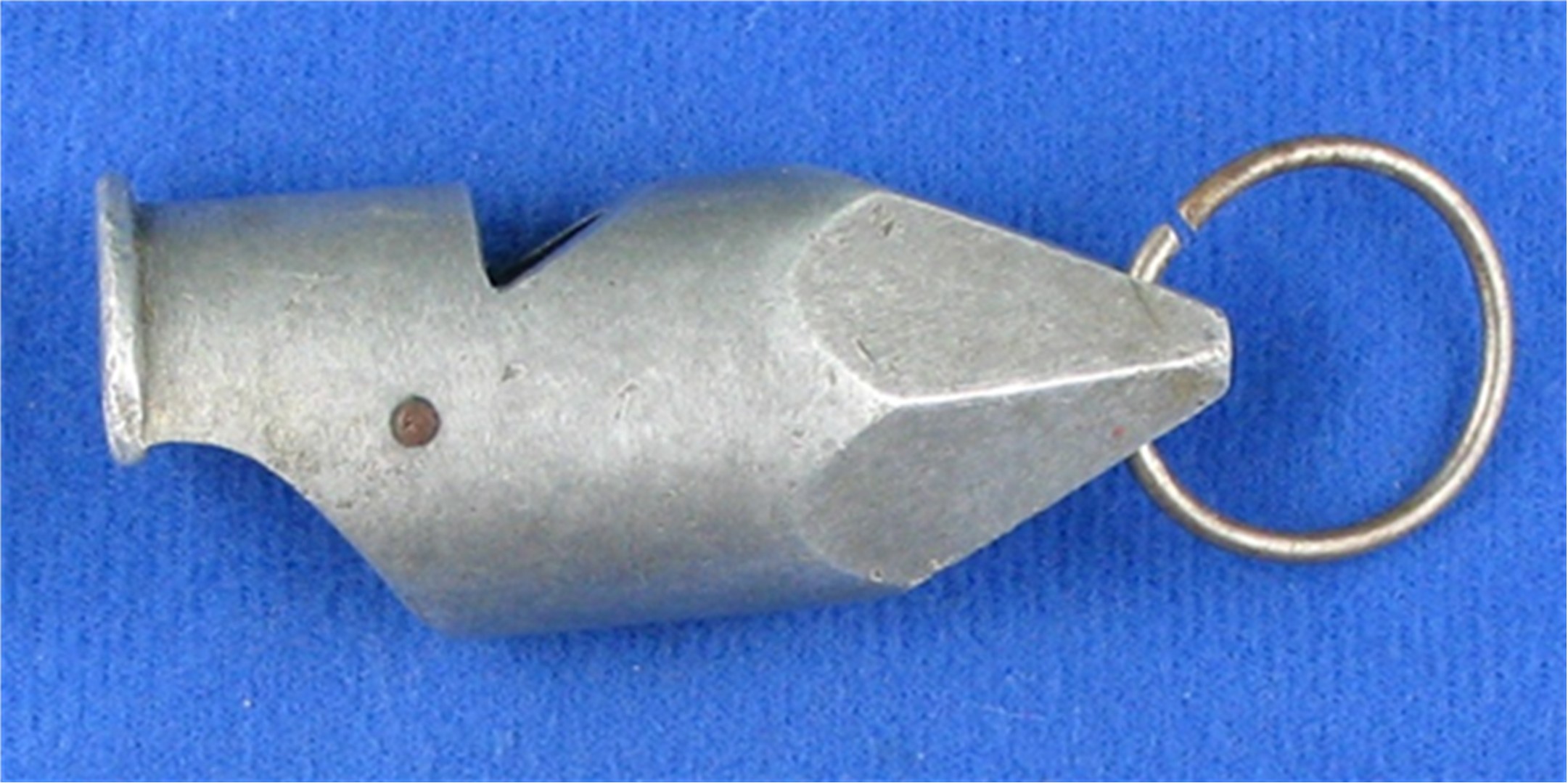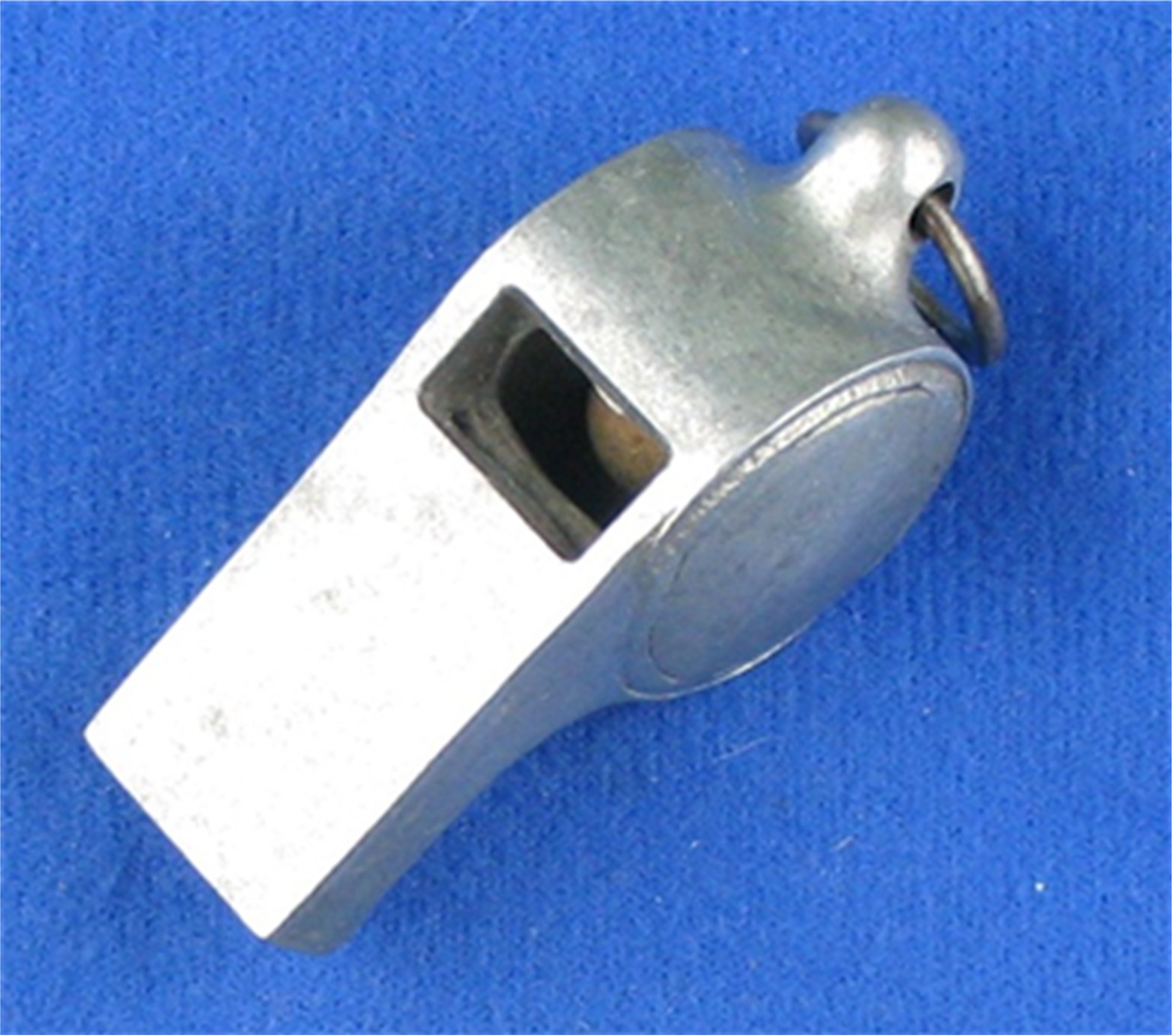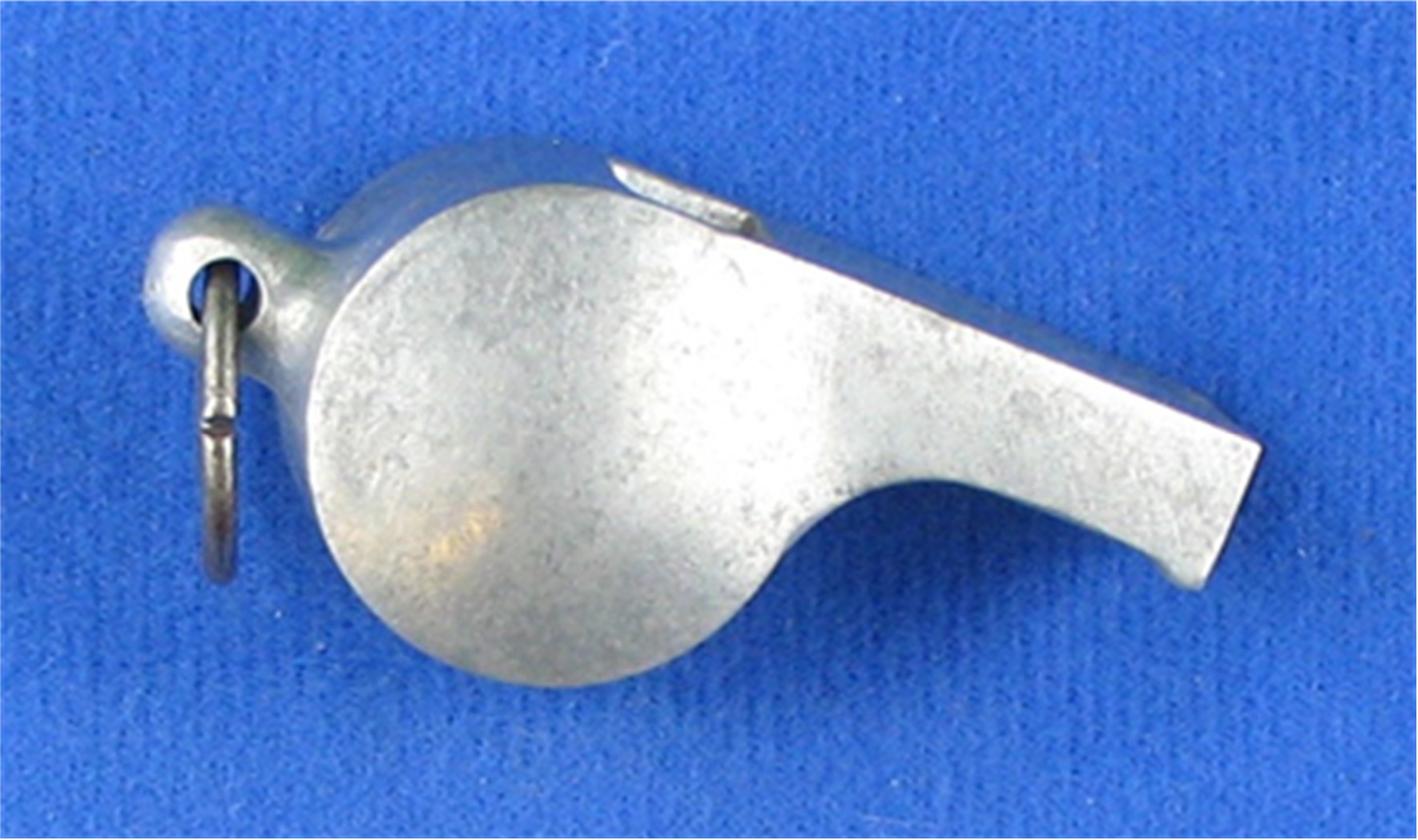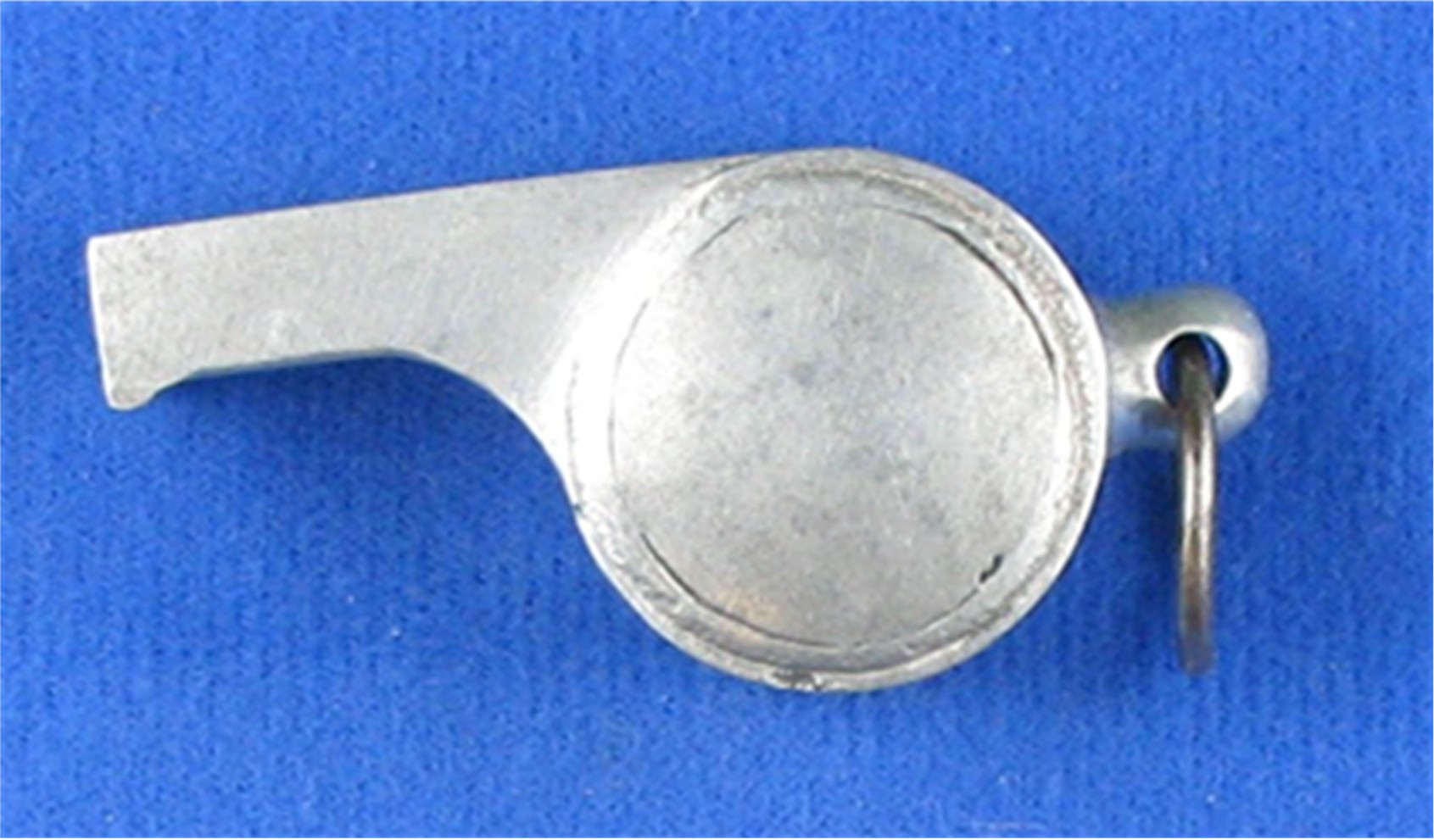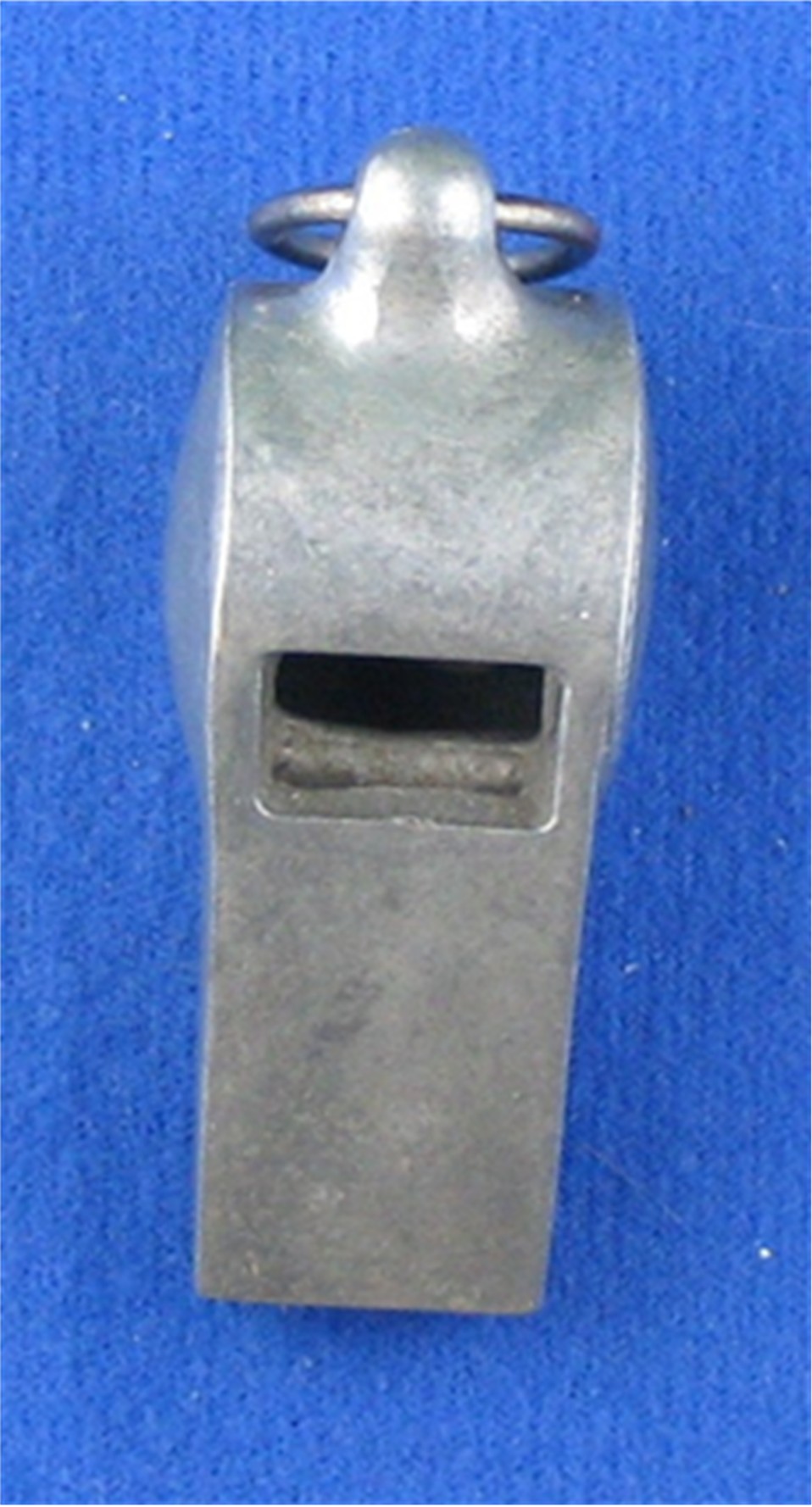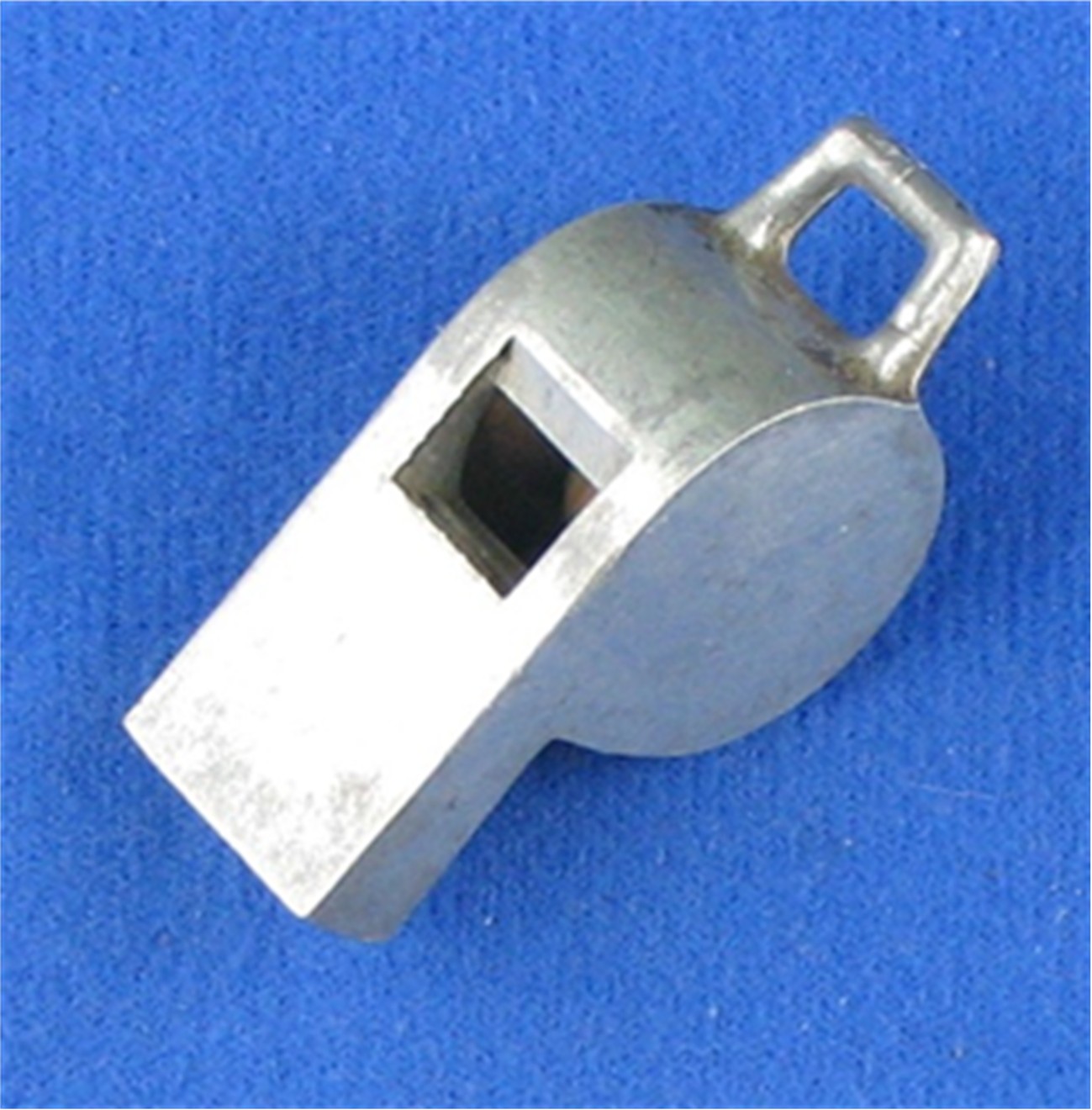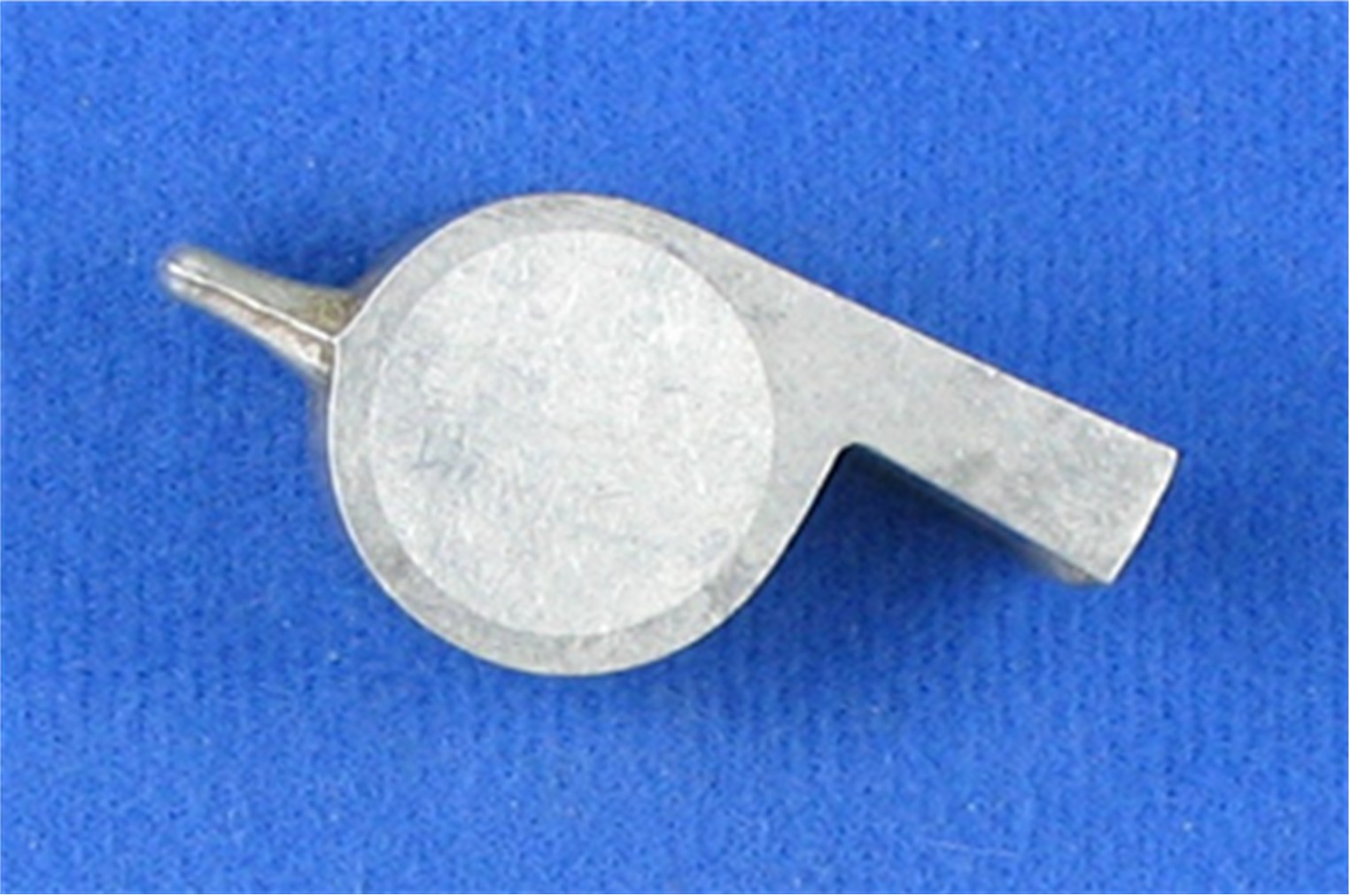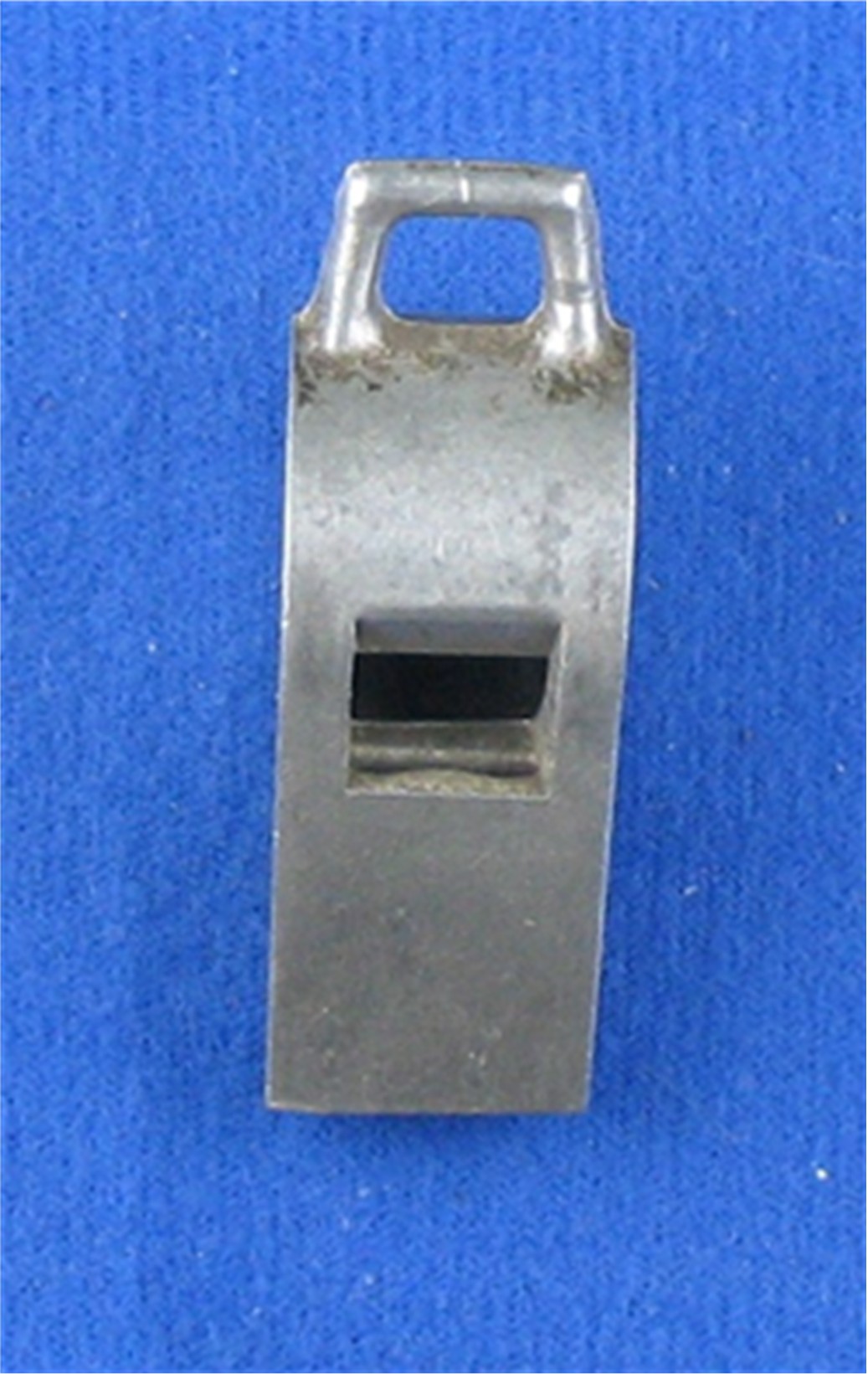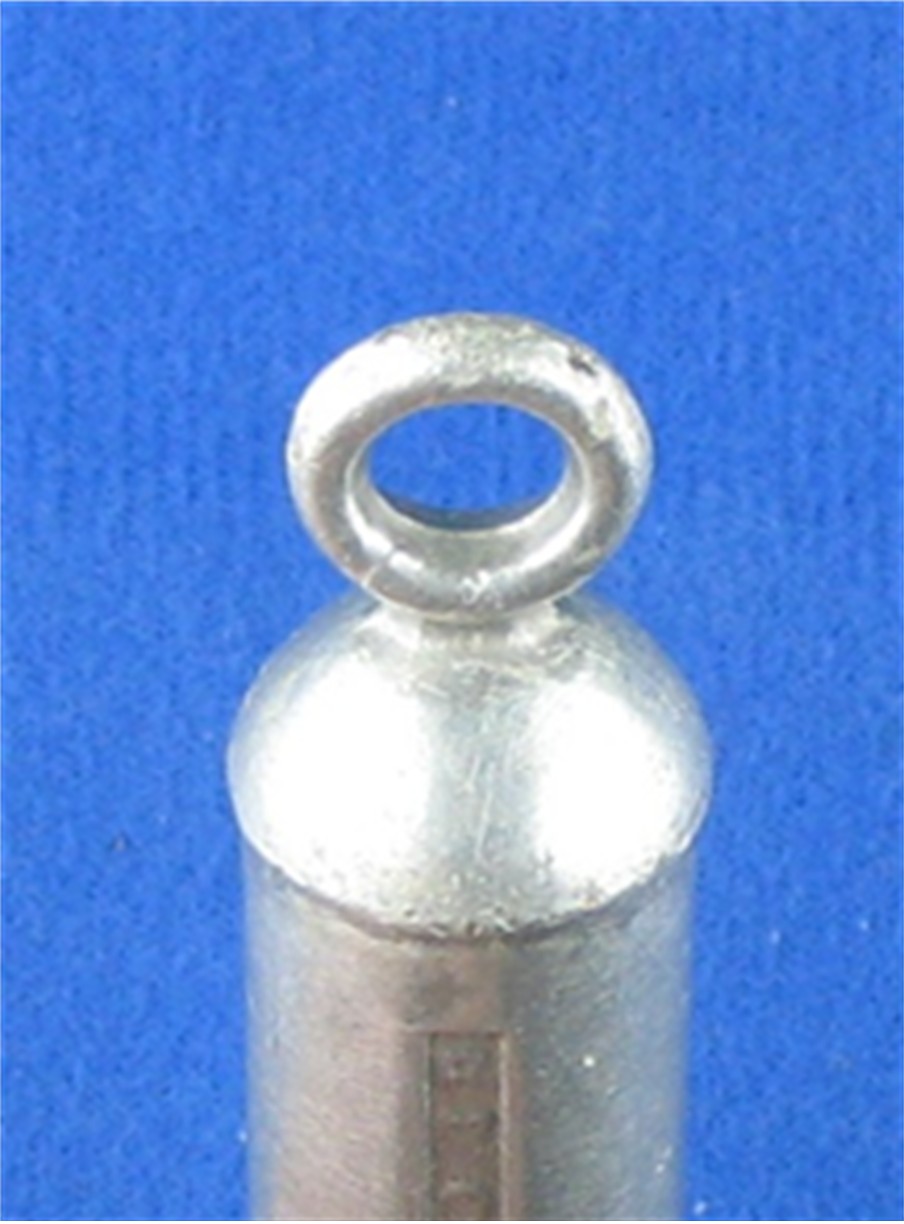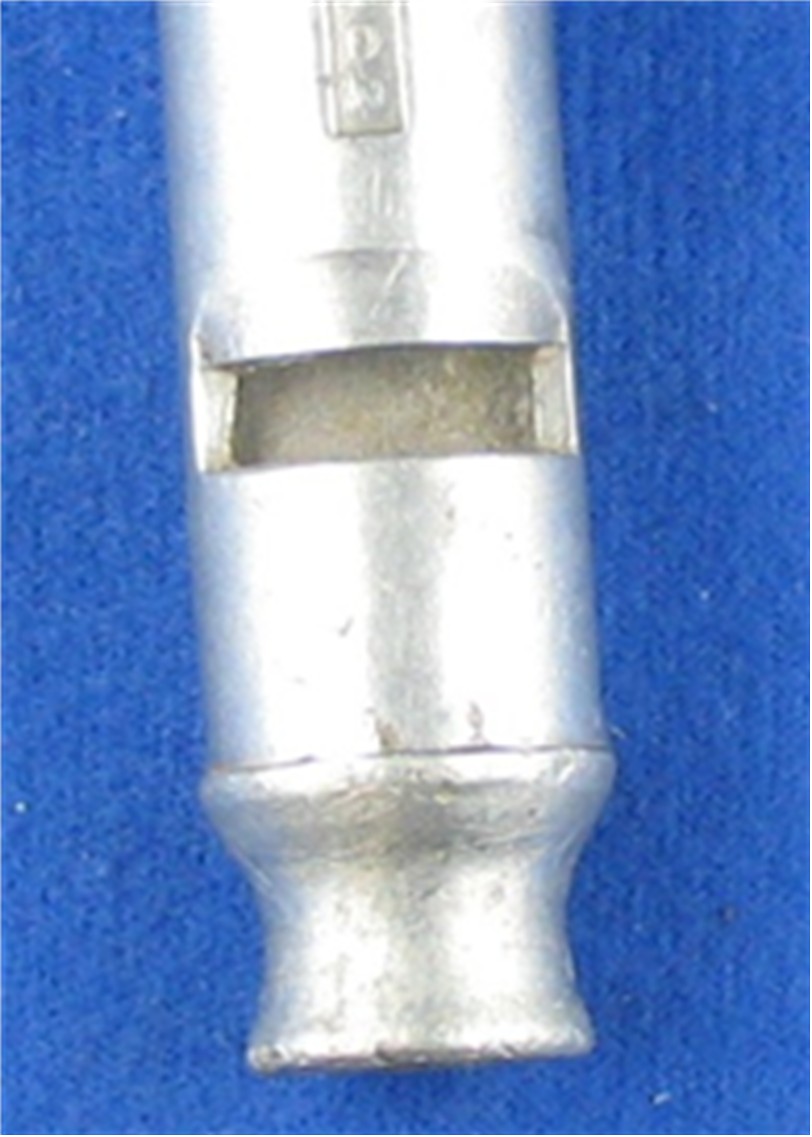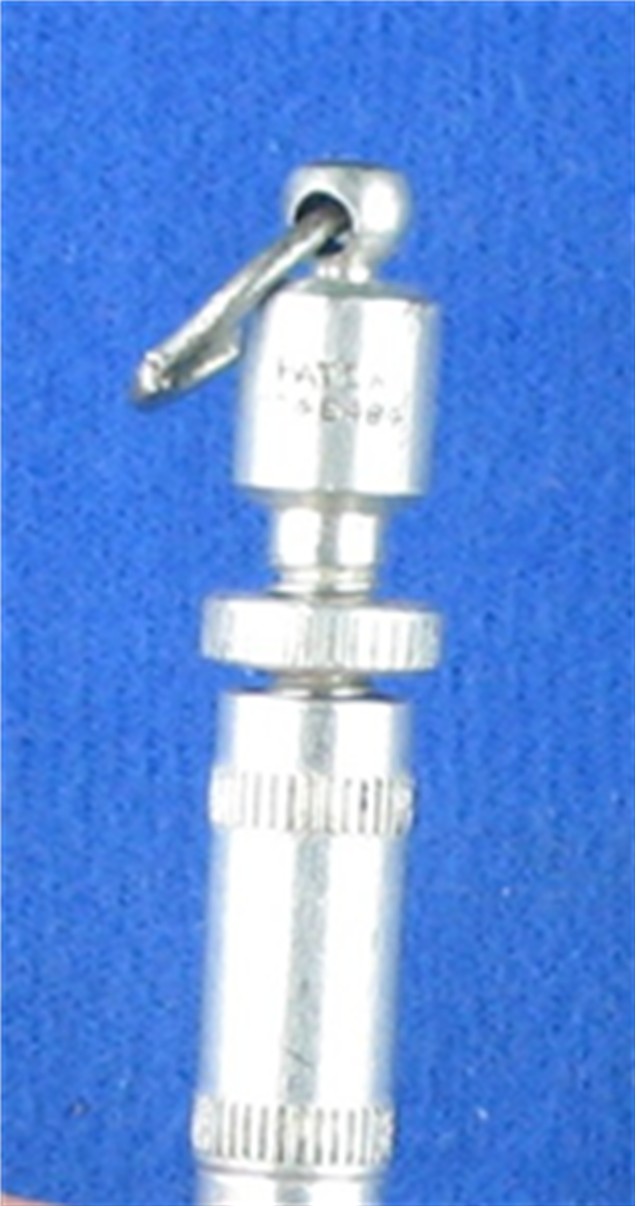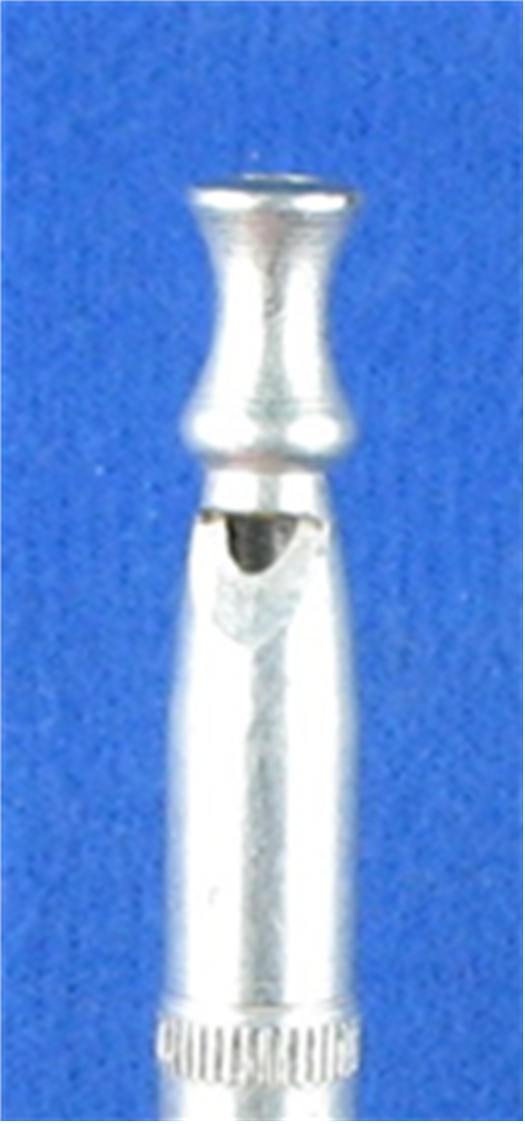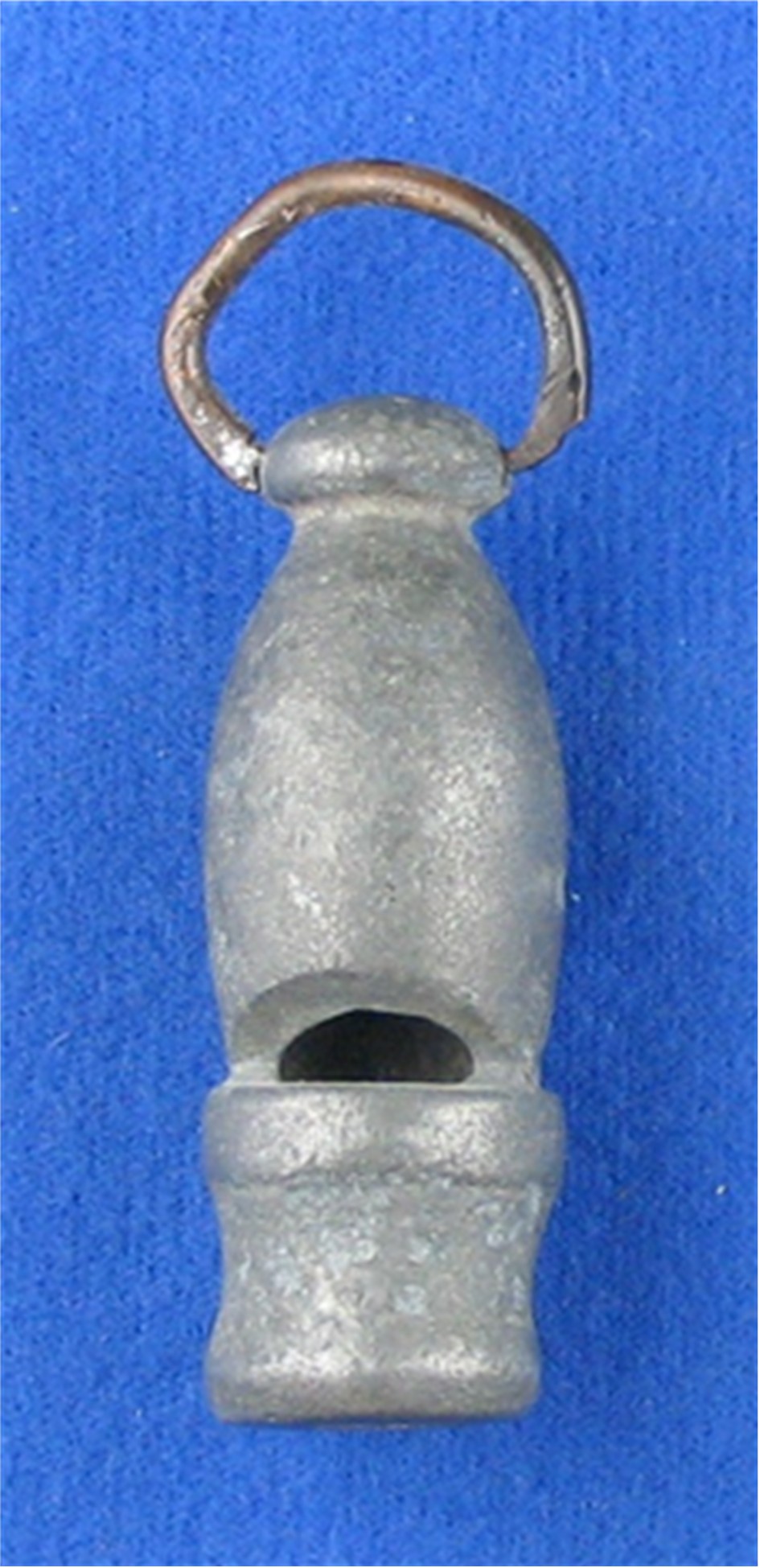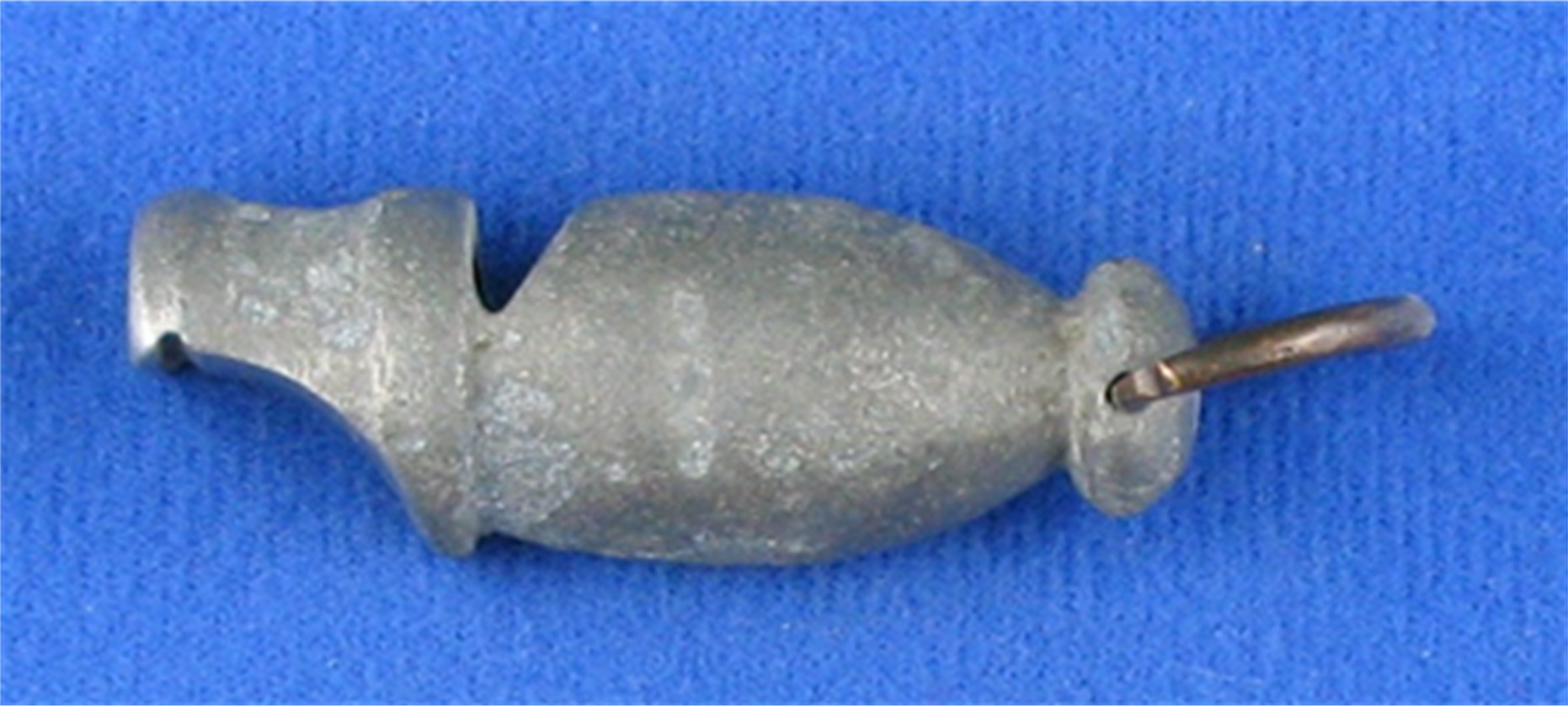Aluminum whistles have come of interest. Why ?? Because they are whistles of course !! Beyond the obvious is that they are a different metal than usually seen and thus worthy of extra consideration.
Another point is that they do not cost much to learn about, since most collectors jump right over them to get to the more ‘solid’, heavier and perhaps ‘rare’ whistles. We are reminded that many collectors of ‘fine’ vintage whistles actually buy by feel rather than sound or design. It is ironic that so many are purchased for everything but sound.
So it goes that aluminum whistles have been somewhat neglected. Here is our first attempt to bring them into the limelight as a class.
Our new SPOTLIGHT designed pages will lay out the field and then leave the end of the article open so as to be able to post more whistles as they are found – in this way not disrupting the articles, trying to insert them into the already built layouts. We hope this works for us both. — TWG
A SPOTLIGHT on the following ‘round’ whistle was already posted, however for comparison analysis we will start with it.
It is very large. Considered a round whistle because of the obvious, it also adds six sides to the top. The solid and cast designs will be the common feature. There won’t be any six piece construction like in early escargots. No multi tube whistles have been seen, no sirens or flat whistles. So far they rather are restricted to certain designs, yet each time another arises and it redefines whistle making we are reminded to keep an open mind.
Next we look at a couple of escargots. The first is a larger size. It has some unique features in that the sides are rounded.
It appears to be cast without the sides and then the sides attached afterwards, although the one side could have been in the original casting. One side is very well placed and finished off. The other is rather crude.
Also noticeable is the tooth grip that only exists on the underside. The number 11 is in the casting on the bottom.
The top is part of the casting and is very tapered.
Next is a smaller but squared off type of escargot. It has RM and Lyon under the tooth grip below the extension for the mouth. As is often the case with aluminum whistles, this came from France
In this model the one side is definitely in the original cast and the other side closed afterwards. The top ring is from the casting too and is very squared off.
As we move on we look at a GSW that is common to France, sold as a scout whistle. They are also seen in brittania and plated brass.
Note the common casting to the top.
However we can clearly see the bottom is placed last after the inside disc and partition.
As in the escargots, the edge for the air as it exits through the window is very angled.
Turning aside to an unusual model is a dog whistle and dated to the patent, so it was produced very early in the production of this model dog whistle.
This whistle has the patent 2245484 for 1941- USA. Interestingly Gilchrist ( More Whistles , page 71 2005 ) states that the earliest dog whistles of this style were launched in the UK. Indeed the two piece was patented 1938 there also.
The center piece is trunkier than its counterpart in brass and tapers quickly at the mouthpiece. Otherwise not much variance to what is commonly seen, except it is aluminum.
A round whistle from China is next.
A solid casting with fipple inserted last with very crude workmanship.
TWG
Posted September 5, 2017
